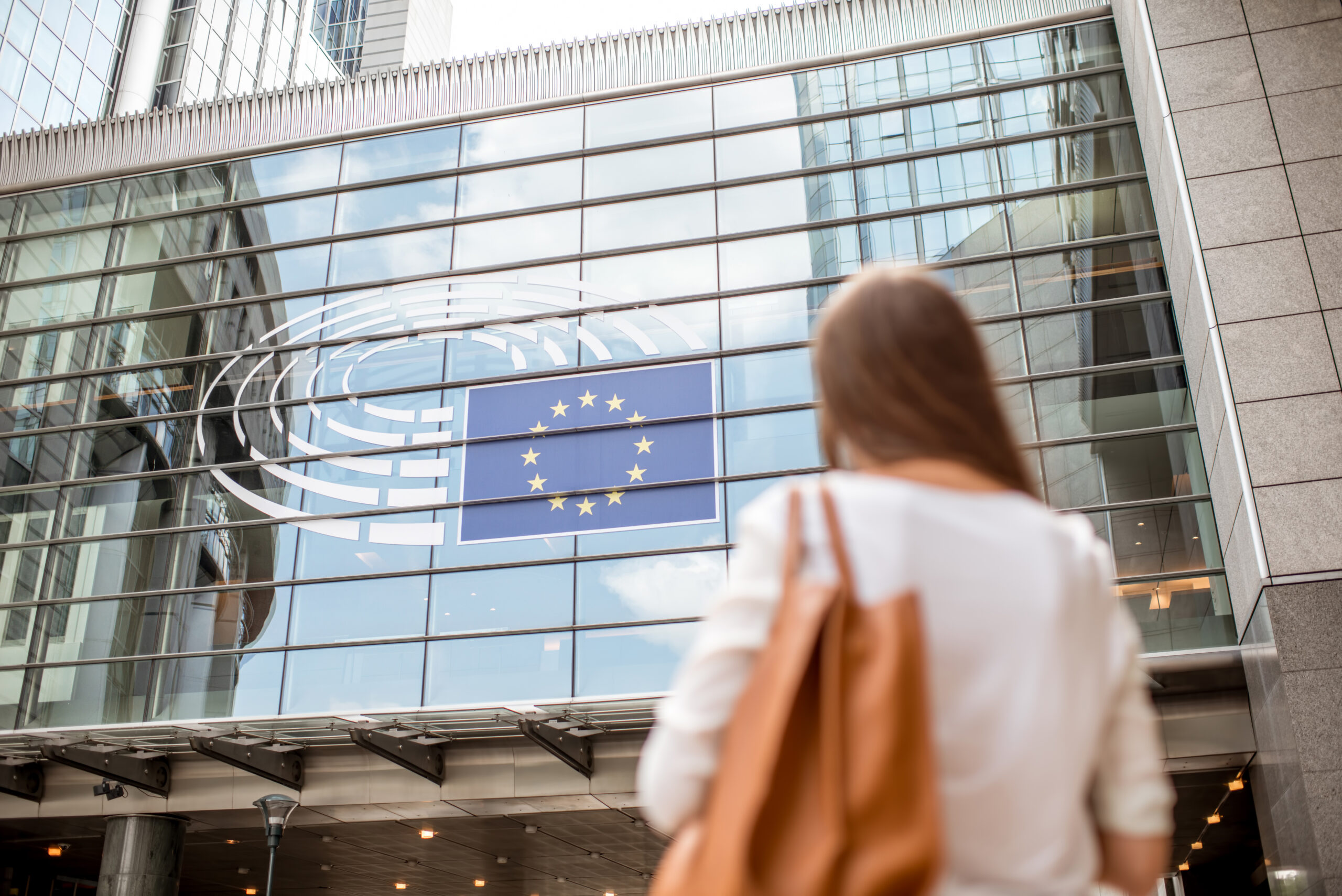
Urban wastewater is one of the main sources of water pollution if it is not collected and treated properly. There is a high level of compliance with the Directive across the EU, with 98% of wastewater collected and 92% satisfactorily treated, according to the current coverage of the directive.
Yet, pollution remains that is not covered by the current rules and needs to be addressed to achieve a pollution-free environment by 2050.
The proposal aims to protect better the health of Europeans and the environment. More specifically, the revision aims to:
- Make the wastewater sector energy-neutral and move it towards climate neutrality by reducing energy use, using the larger surfaces of some wastewater treatments plants to produce solar/wind energy, encouraging water reuse, and using sludge to produce biogas, which can substitute natural gas.
- Make industry responsible for treating toxic micropollutants (“polluter pays” principle) that are released into the environment from the use of their products, especially harmful residues from the pharmaceutical and cosmetics sector.
- Improve access to sanitation in public spaces and for the 2 million most vulnerable and marginalised people in the EU.
- Require the monitoring of health parameters in wastewater to enhance the EU’s preparedness against pandemics or other major public health threats, as is currently being done for COVID-19.
The new regulations expand the existing Directive’s reach to encompass cities with more than 1,000 residents, broadening its coverage from the previous threshold of 2,000 inhabitants.
Rainwater management is now included, and EU member states are mandated to establish comprehensive integrated urban wastewater management plans, initially for cities exceeding 100,000 inhabitants, and later for those with 10,000 residents where necessary.
These measures will effectively reduce organic matter, nitrogen, phosphorus, litter, and microplastics in water bodies. Furthermore, they introduce improved oversight of individual systems such as septic tanks, more stringent nutrient standards, and micropollutant regulations.
Additionally, the regulations stipulate the monitoring of greenhouse gas emissions and microplastics.
By 2040 the new rules will:
- Save almost EUR 3 billion per year across the EU.
- Reduce greenhouse gas emissions by over 60% compared to 1990.
- Decrease water pollution by more than 365 thousand tonnes.
- Cut microplastics emissions by 9%.
In this regard, Life Reseau project aims to contribute on reducing the pollution coming from untreated wastewater. Nowadays urban wastewater infrastructures, especially in northern Europe, are being affected by higher annual precipitation and the greater frequency of heavy precipitation events due to climate change. Because of that LIFE RESEAU seeks to reduce by up to 100% the discharge of untreated stormwater overflows (SWOs) in heavy precipitation areas. To do this, it will develop and validate a novel solution for retrofitting and upgrading conventional activated sludge (CAS) Wastewater Treatment Plants (WWTP) and combined sewer networks (CSN).

